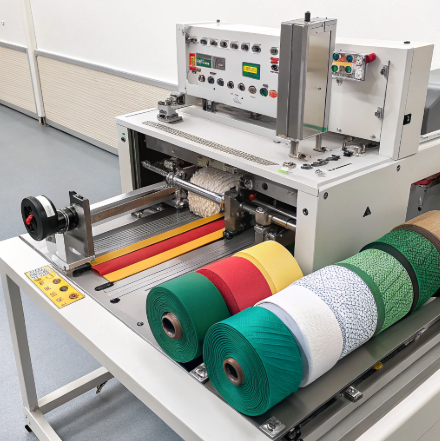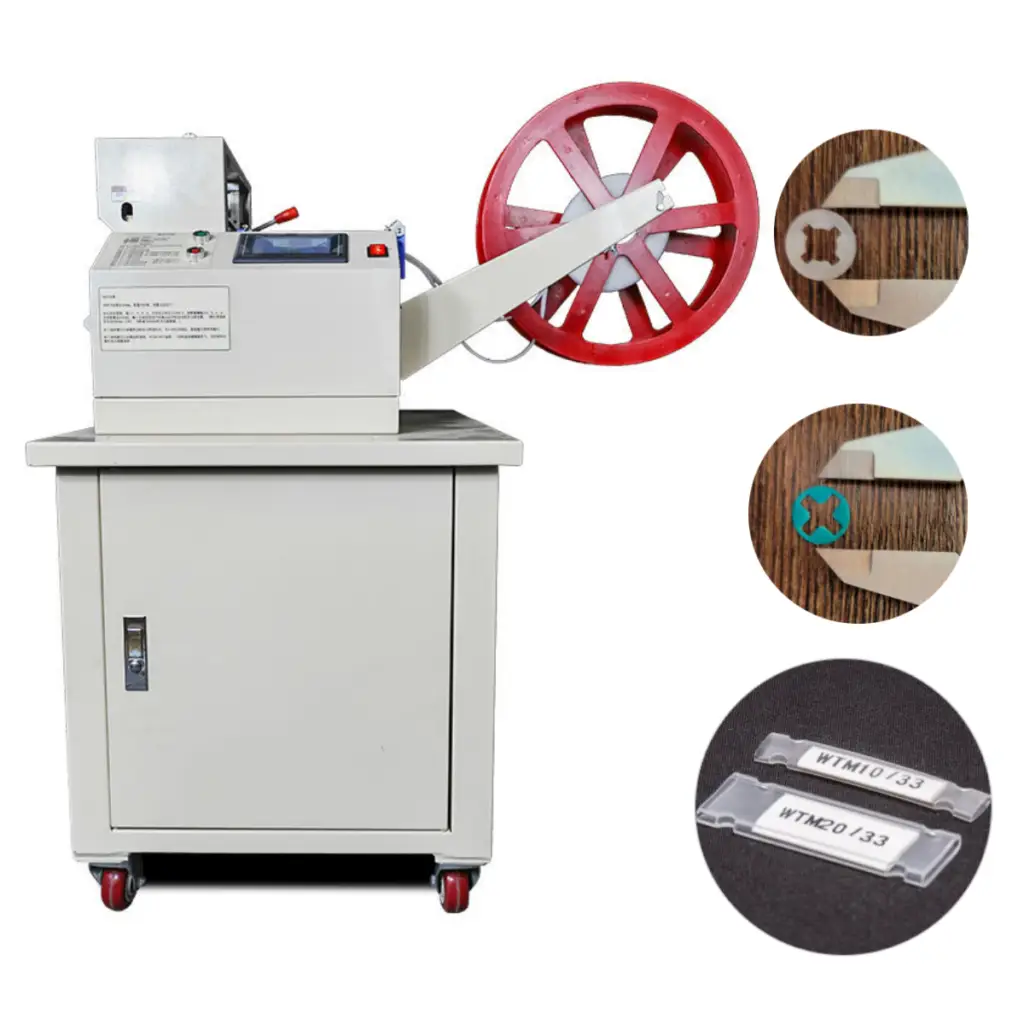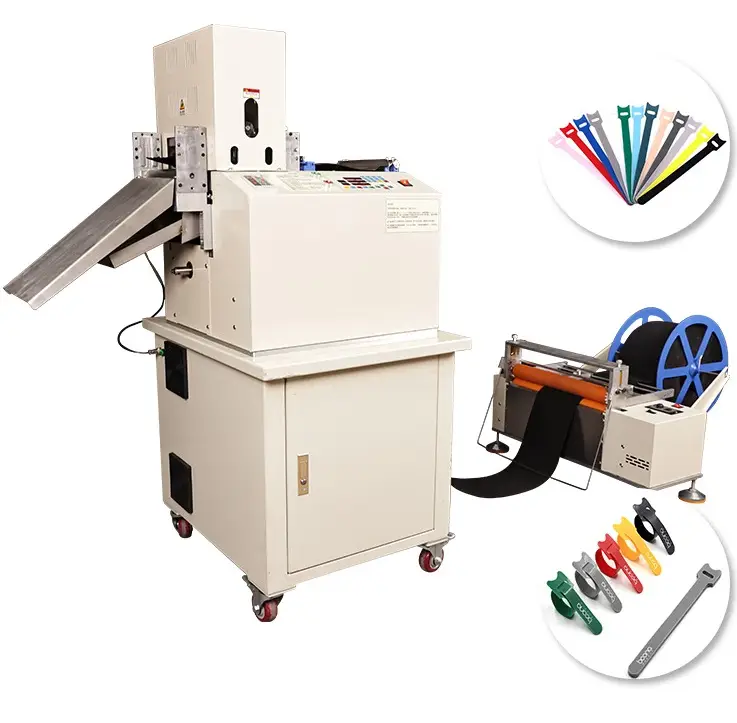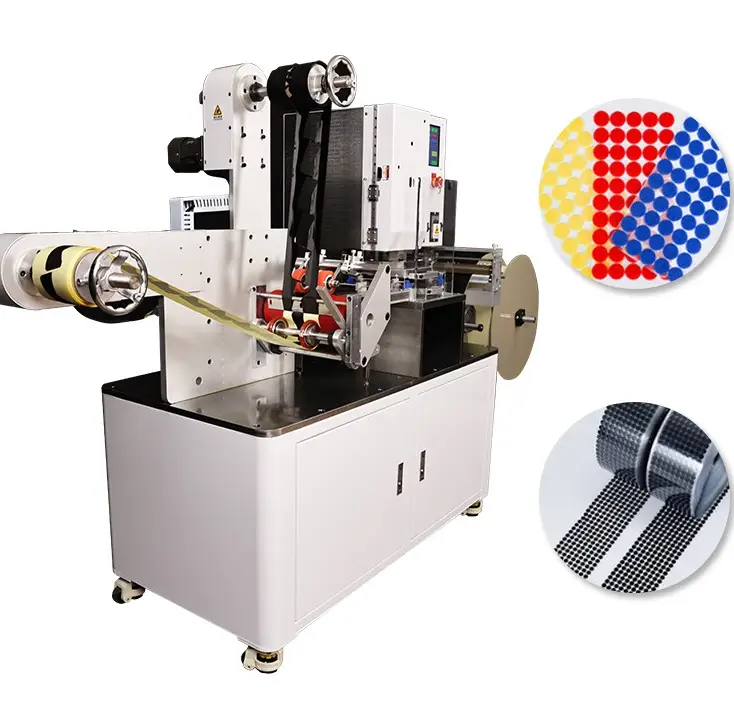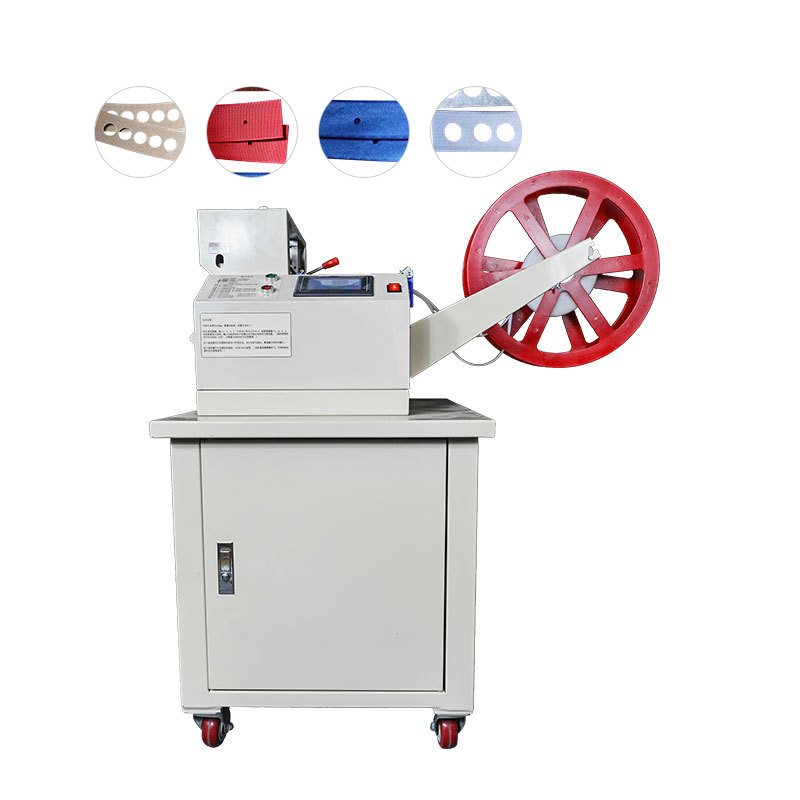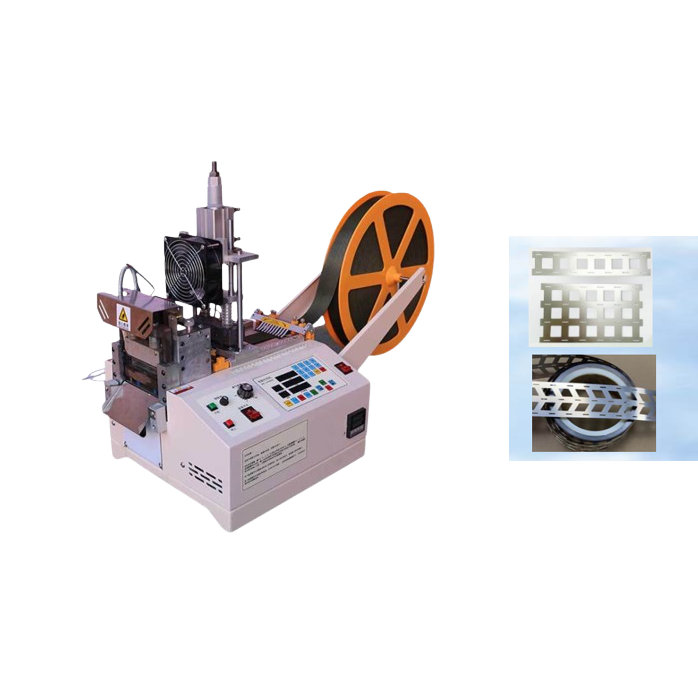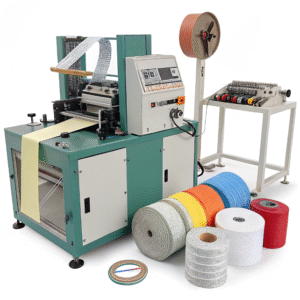How does the cutting speed affect the quality of Velcro cuts?
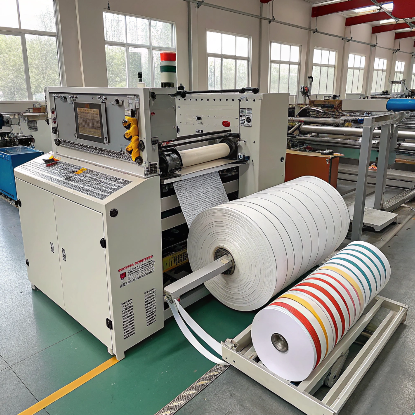
Pushing machines to cut faster might boost output—but can it ruin cut quality?
Cutting speed directly impacts Velcro edge quality, accuracy, and material stability. Faster cutting may reduce quality if not matched with proper tension, blade sharpness, and material control.
Cutting speed plays a critical role in Velcro cutting quality and efficiency. Too fast can cause frayed or incomplete cuts, while too slow leads to production delays without quality gains. Inconsistent speed—often due to worn blades or poor maintenance—results in uneven cuts and product defects. Maintaining a balanced, steady cutting speed alongside routine blade replacement and lubrication ensures smooth operation and uniform results. Optimizing speed is essential for maximizing output while preserving cutting precision.
At Suzhou Haoxinhe Electrical Equipment Co., Ltd., we help B2B clients balance speed and precision—maximizing output without compromising product quality.
Can faster cutting reduce overall quality?
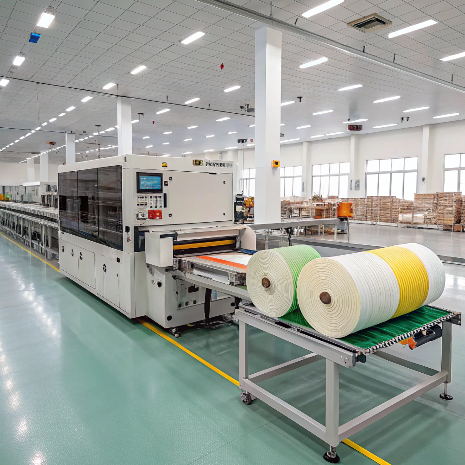
Many buyers assume that faster always means better—but with Velcro, rushing cuts can lead to problems.
Yes, higher cutting speed can reduce Velcro cut quality by causing frayed edges, inconsistent lengths, or overheating—especially if the blade or feed system isn’t optimized.
I’ve worked with customers who ran their machines at maximum speed to meet deadlines, only to deal with waste, rework, and customer complaints afterward. Let’s look at why that happens.
⚠️ What Happens at High Cutting Speeds?
1. Inconsistent Feed Timing
When the material feeds too fast, the blade may not cut at the right position. This leads to:
- Uneven cuts
- Length deviations of ±2–3mm
- Poor batch quality
2. Blade Drag and Friction
High speeds increase blade contact pressure, which can:
- Heat up the Velcro
- Pull or stretch the loops
- Cause fraying or melting on the edge
3. Tension Instability
Fast feeding with poor tension control may cause:
- Material curling
- Slipping under the blade
- Jammed rollers
At Suzhou Haoxinhe, our webbing ribbon cutting machines and hot and cold cutting machines are equipped with servo motors and digital speed control to avoid these problems.
⚙️ Optimal Speed Settings by Velcro Type
| Velcro Type | Recommended Speed | Notes |
|---|---|---|
| Thin loop only | 80–120 cuts/min | Use cold blade or rotary cutter |
| Hook + loop combo | 60–90 cuts/min | Use Teflon-coated hot blade |
| Adhesive-backed | 40–70 cuts/min | Reduce speed to avoid smearing |
| Foam-backed | 30–60 cuts/min | Lower speed for thicker layers |
Machines like our protective foam cutting machine and bubble wrap cutting machine are optimized for heavy or padded Velcro products, where slower speeds maintain edge quality.

🧪 Speed vs. Quality Case Study
Client Profile: Industrial packaging plant, using hook-and-loop Velcro for shipping boxes.
Before Optimization:
- Running at 100 cuts/min
- Complaints: fraying edges, 5% rejection rate
- Energy spikes and frequent blade changes
After Optimization with Haoxinhe:
- Reduced to 70 cuts/min
- Switched to servo tension + digital temp control
- Rejection rate dropped to under 0.5%
- Blade lasts 2x longer
🛠 Features That Help Maintain Quality at High Speeds
Our machines include:
- Digital speed control (adjust speed in real-time)
- Auto tension adjusters (prevents slipping)
- Heat stabilization circuits (keep consistent temperature during rapid cuts)
We also offer a blade upgrade package for high-speed users, with reinforced cutting edges and faster cooling systems.
✅ How to Choose the Right Speed
Ask yourself:
- What type of Velcro are you cutting?
- Do you need sealed edges (hot blade)?
- What’s your acceptable tolerance per cut?
- Is productivity more important than finish quality?
If you’re unsure, we can test samples at our Suzhou factory and recommend the best speed + blade combination for your specific use case.
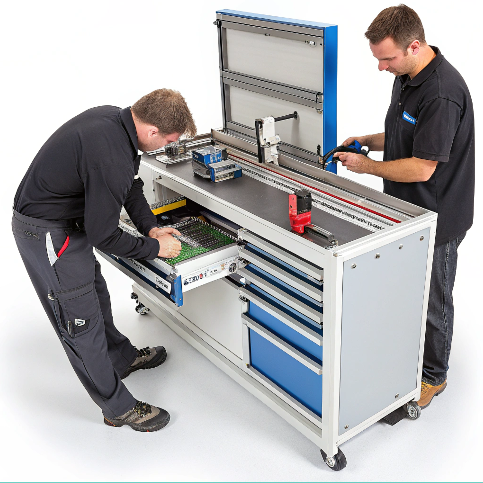
Conclusion
Faster cutting isn’t always better—unless your machine is equipped to handle the speed. Quality depends on finding the balance between efficiency, stability, and control.
Insights
In high-volume factories, it’s tempting to crank up the cutting speed to meet deadlines—but speed without control is the fastest way to ruin a batch. I’ve seen clients push beyond 100 cuts/min with soft Velcro, only to get frayed edges, miscuts, and a spike in material waste.
One critical factor buyers often overlook is thermal lag. At high speeds, hot blades don’t cool between cuts, which can overheat adhesive-backed Velcro or distort foam layers. That’s why we build heat regulation into our high-speed machines—stability equals quality.
Another pro move: use speed zoning. Start slower for thick or sticky rolls, then gradually ramp up as the machine reaches thermal equilibrium. Clients in Europe using this method saw a 35% drop in defect rates without sacrificing output.
At Suzhou Haoxinhe, we equip every machine with digital speed control and auto-tension systems—because cutting faster is only better when you’re also cutting right.
Suzhou Haoxinhe Electrical Equipment Co., Ltd. designs Velcro cutting machines with speed tuning and digital control to help clients reach higher output without losing quality. Our servo systems, adjustable blades, and temperature monitoring help global buyers maintain consistency, no matter the material or batch size.
